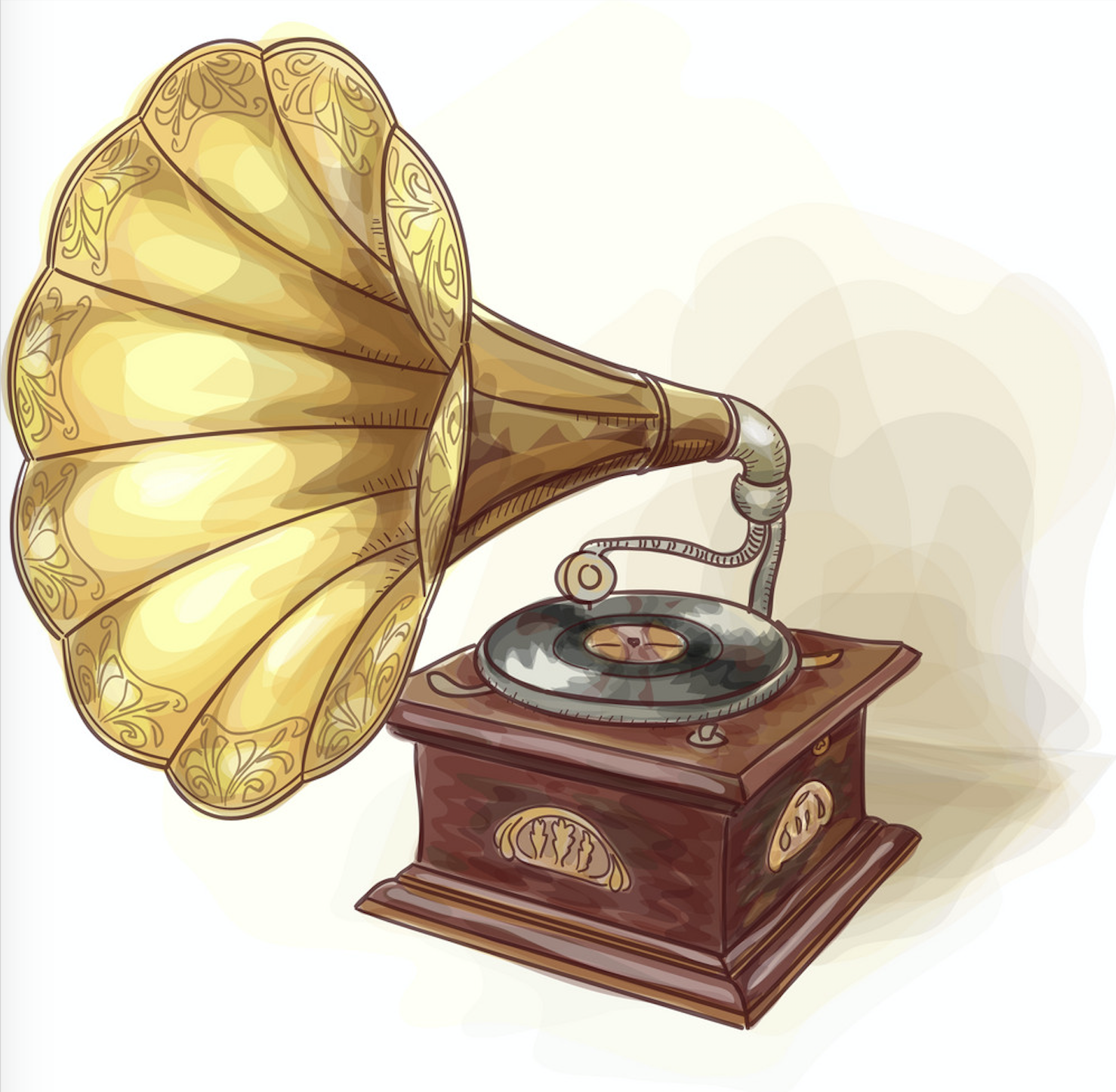“In America, music was the first sphere of social interaction in which racial barriers were challenged and overturned. And the challenge went both ways: by the mid-1920s, white bands were playing for all-black audiences at Lincoln Theater and elsewhere. These intermediate steps between segregation and integration represented, for all their problems, progress of sorts.”
― Ted Gioia, The History of Jazz


